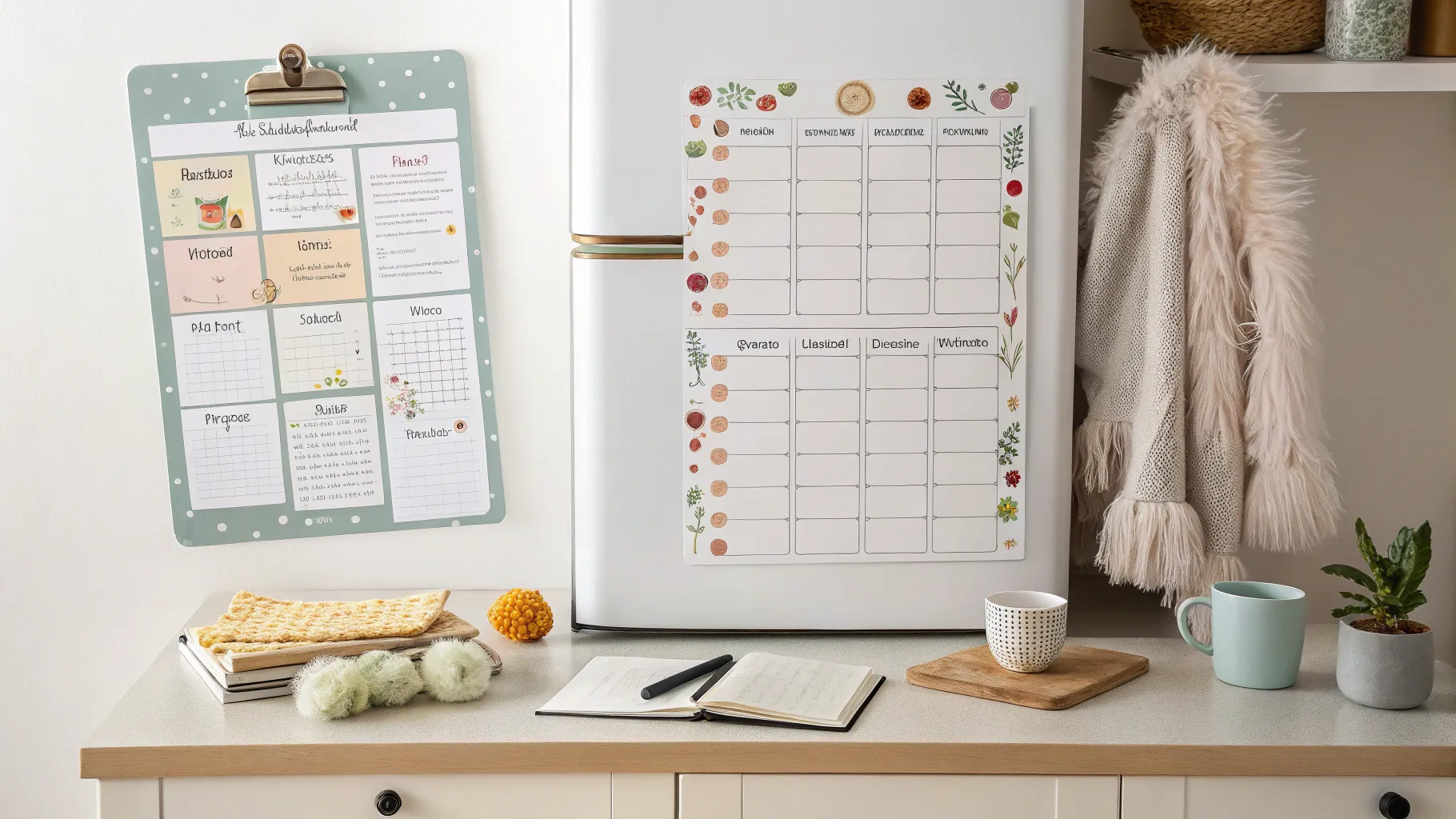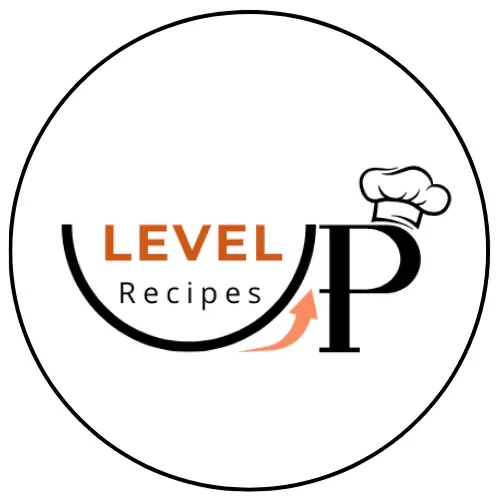Getting cooking measurements right is one of the most important steps toward consistent, delicious results in the kitchen. Unlike seasoning “to taste,” most recipes rely on precise quantities of ingredients, especially when baking, where even a little too much flour or too little liquid can drastically affect the outcome.
Whether you’re baking a fluffy cake, roasting vegetables, or simmering a homemade sauce, understanding how to use cooking measurements accurately is essential. It ensures balance, texture, flavor, and structure in every dish. From cups and ounces to grams, teaspoons, and tablespoons, learning how these units work, and when to use them, helps you avoid common mistakes and gives you the confidence to follow any recipe, no matter its origin.
Mastering cooking measurements also allows you to convert between systems (like U.S. and metric), scale recipes up or down, and streamline your entire cooking process. In this guide, we’ll break it all down to help you cook smarter, more precisely, and with less stress.
Understanding measurements is just one piece of the puzzle when learning to cook with confidence. If you’re new to the kitchen, take a look at our Cooking 101: Essential Skills to build a solid foundation. You’ll also want to explore How to Read a Recipe and our Cooking Times & Doneness Guide to avoid common pitfalls when following instructions.
Why Cooking Measurements Matter
Cooking, and especially baking, is a delicate balance between science and creativity. While flavors and toppings can be adjusted to personal taste, cooking measurements require precision. Adding too much flour can make cookies dry, using too little liquid can result in dense bread, and mistaking a tablespoon for a teaspoon could overpower an entire dish with salt or spice.
Accurate cooking measurements ensure that a recipe performs as intended. They help ingredients interact properly, whether it’s achieving the right rise in a cake, getting the perfect sauce consistency, or balancing flavor. Without proper measurements, it becomes difficult to recreate recipes or improve your results over time.
Here’s why mastering measurements is so important:
- More accurate recipes: You’ll get results that look and taste closer to what the recipe creator intended.
- Fewer kitchen fails: Prevent wasting ingredients on recipes that flop due to incorrect proportions.
- Better consistency: From one meal to the next, your dishes will come out reliably delicious.
- Easier conversions and substitutions: Understanding measurements makes it simple to scale recipes up or down or adapt them using what you have on hand.
In short, mastering cooking measurements is the secret ingredient that turns guesswork into great cooking.

Common Units of Measurement in Cooking
Understanding the most common cooking measurements is essential for preparing recipes with accuracy and confidence. Whether you’re working with liquids or solids, ingredients may be measured by volume or weight, depending on the region and recipe format. From cups and ounces to grams and milliliters, mastering these cooking measurements helps ensure consistent, delicious results every time.
1. Teaspoons (tsp) & Tablespoons (tbsp)
Teaspoons and tablespoons are used for small amounts of both dry and liquid ingredients, think spices, baking powder, vanilla extract, or cooking oil. A common mistake is mixing up the two, which can lead to big flavor or texture changes.
- 1 tablespoon = 3 teaspoons
- 1 teaspoon = 5 milliliters (ml)
Best used with measuring spoons for accuracy
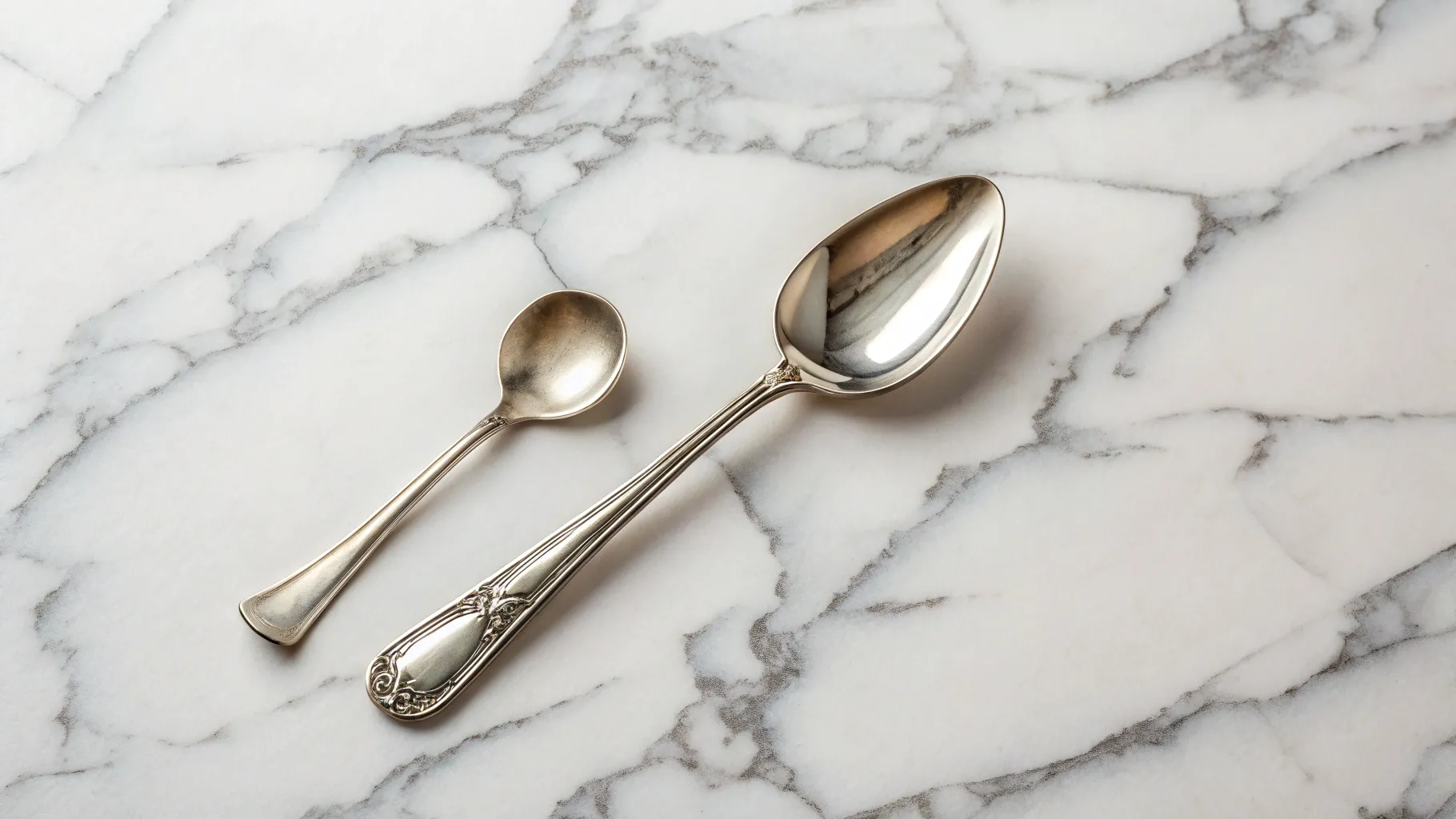
2. Cups
Cups are the most commonly used unit in American recipes, ideal for measuring both dry and liquid ingredients in home kitchens. There are separate cup sets for dry and wet ingredients, and yes, it matters when it comes to accurate cooking measurements!
- 1 cup = 8 fluid ounces = 16 tablespoons = 240 ml
Used for: flour, sugar, rice, milk, broth, etc.
📝 For accuracy, dry ingredients should be spooned into the cup and leveled off, while liquids should be poured into a clear cup and measured at eye level.
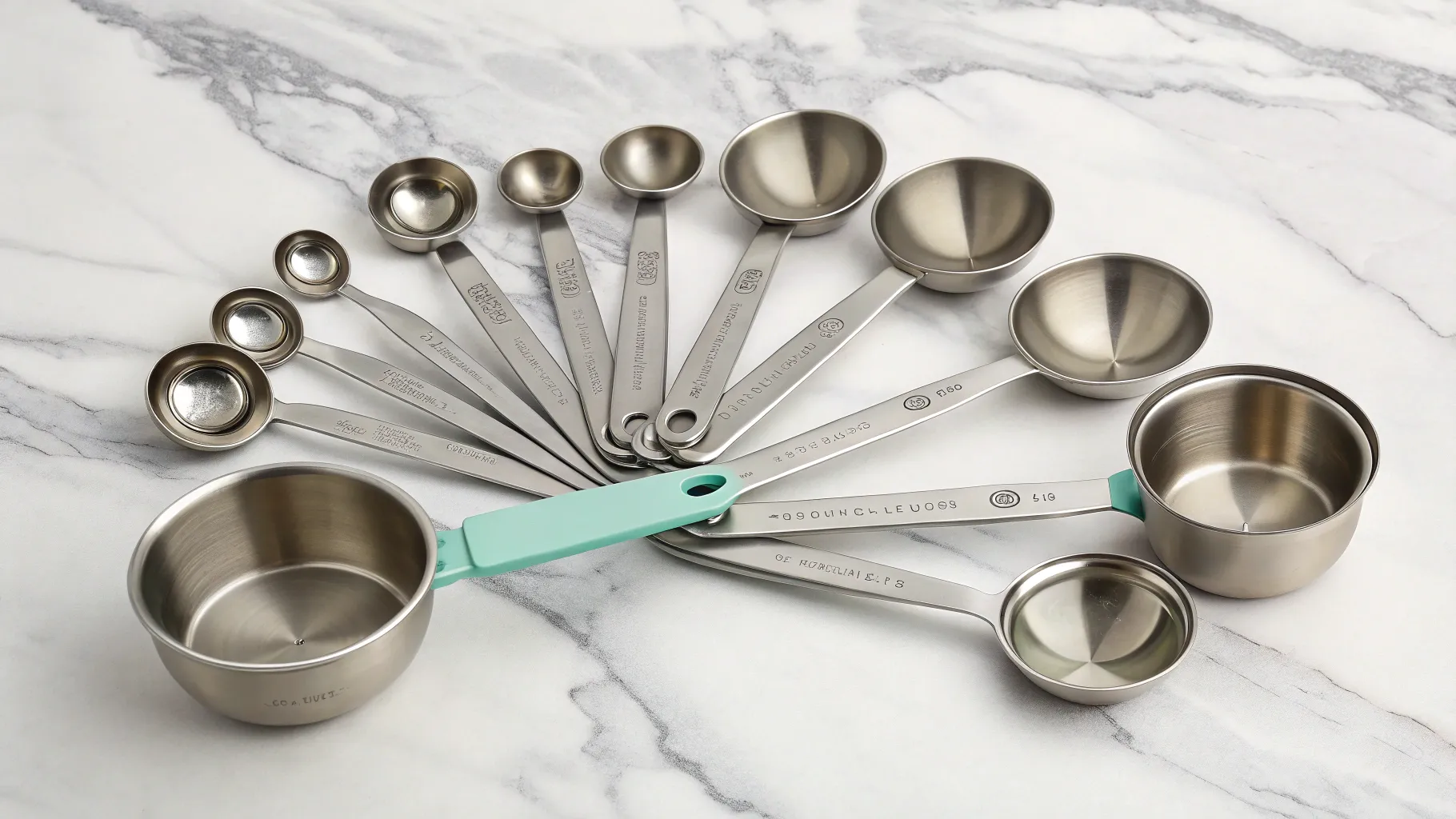
3. Fluid Ounces (fl oz)
Fluid ounces measure volume, not weight. They are most often used for liquids in U.S. recipes like milk, juice, water, and oil.
- 1 fluid ounce ≈ 30 milliliters (ml)
- 8 fl oz = 1 cup
4. Ounces (oz) by Weight
When it comes to cooking measurements by weight, ounces are especially useful for ingredients like cheese, chocolate, and proteins. Measuring by weight ensures precision, particularly when volume can be misleading due to texture or density.
- 1 ounce = 28.35 grams
- Use a digital kitchen scale for best results
5. Grams (g)
Grams are the standard metric unit for measuring weight and are widely used in international and professional cooking. Recipes from Europe and many baking experts will often use grams for greater accuracy.
- 1 gram = 0.035 ounces
- 100 grams ≈ 3.5 ounces
Preferred in precision baking and scalable recipes
6. Milliliters (ml) & Liters (L)
Milliliters and liters are standard cooking measurements for volume in the metric system, commonly used in global and international recipes. They’re ideal for accurately measuring both small and large quantities of liquids.
- 1 liter = 1000 milliliters ≈ 4.2 U.S. cups
- 500 ml ≈ 2 cups
Ideal for measuring liquids like water, milk, or broth in metric recipes
Mastering these basic units and knowing when to use them will help you navigate any recipe, whether it’s from your favorite food blog or an international cookbook.

Weight and Measure Equivalents
1. Teaspoon and Tablespoon Measures
Small but mighty, these cooking measurements are essential in nearly every recipe, especially for baking, seasoning, and sauces. Knowing how teaspoons and tablespoons relate helps you scale recipes and avoid common mix-ups.
- 1 tablespoon (tbsp) = 3 teaspoons (tsp)
- 1 teaspoon = 5 ml
- 1 tablespoon = 15 ml
2. Cup Measures
Cup measurements are foundational in most American recipes. From flour to liquids, knowing how to properly use and convert cup sizes can ensure accuracy and consistency every time you cook or bake.
- 1 cup = 8 fluid ounces = 240 ml
- 1/2 cup = 4 fluid ounces = 120 ml
- 1/4 cup = 2 fluid ounces = 60 ml
3. Pints, Quarts, Gallons and Pounds
Larger volume and weight measurements like pints, quarts, and pounds come into play for soups, stocks, meats, and meal prepping. Understanding these can help you manage batch cooking and pantry staples with confidence.
- 1 pint = 2 cups = 16 fluid ounces
- 1 quart = 2 pints = 4 cups
- 1 gallon = 4 quarts = 16 cups
- 1 pound = 16 ounces (weight)
4. Metric Conversions
Metric units are standard in many countries outside the U.S. and are commonly used in professional kitchens. Learning how to convert between metric and U.S. units opens the door to following international recipes with ease.
Metric Volume Conversions
- 5 ml = 1 teaspoon
- 15 ml = 1 tablespoon
- 240 ml = 1 cup
- 1 liter = 1000 ml = ~4.2 cups

Metric Weight Conversions
- 1 gram = 0.035 ounces
- 100 grams = ~3.5 ounces
- 500 grams = ~1.1 pounds
- 1 kilogram = 2.2 pounds
5. Cooking and Oven Temperature Conversions
Recipes often list temperatures in either Fahrenheit or Celsius depending on their origin. Knowing how to convert oven temperatures allows you to cook any dish properly, no matter where the recipe comes from.

Use an oven thermometer to ensure accurate temperatures, especially when baking.
6. Measuring Liquid vs. Dry Ingredients
When it comes to cooking measurements, one size doesn’t fit all. Liquid and dry ingredients require different tools and techniques to ensure accuracy and consistency in your recipes. Here’s how to measure each correctly:
Liquid Measuring Tools
- Use clear, glass or plastic cups with spouts for liquid ingredients.
- Always check measurements at eye level.
Dry Measuring Tools
- Use nested measuring cups for dry ingredients like flour, sugar, and oats.
- Spoon ingredients into the cup, then level off with a knife for accuracy.

7. Measuring Tools for Small Quantities
When working with potent ingredients like baking soda, spices, or yeast, small-scale cooking measurements are especially important. Precision ensures your recipe tastes right and performs as expected.
- Measuring spoons are best for amounts less than 1/4 cup.
- Digital kitchen scales are ideal for precision with small or potent ingredients (like baking soda or yeast).
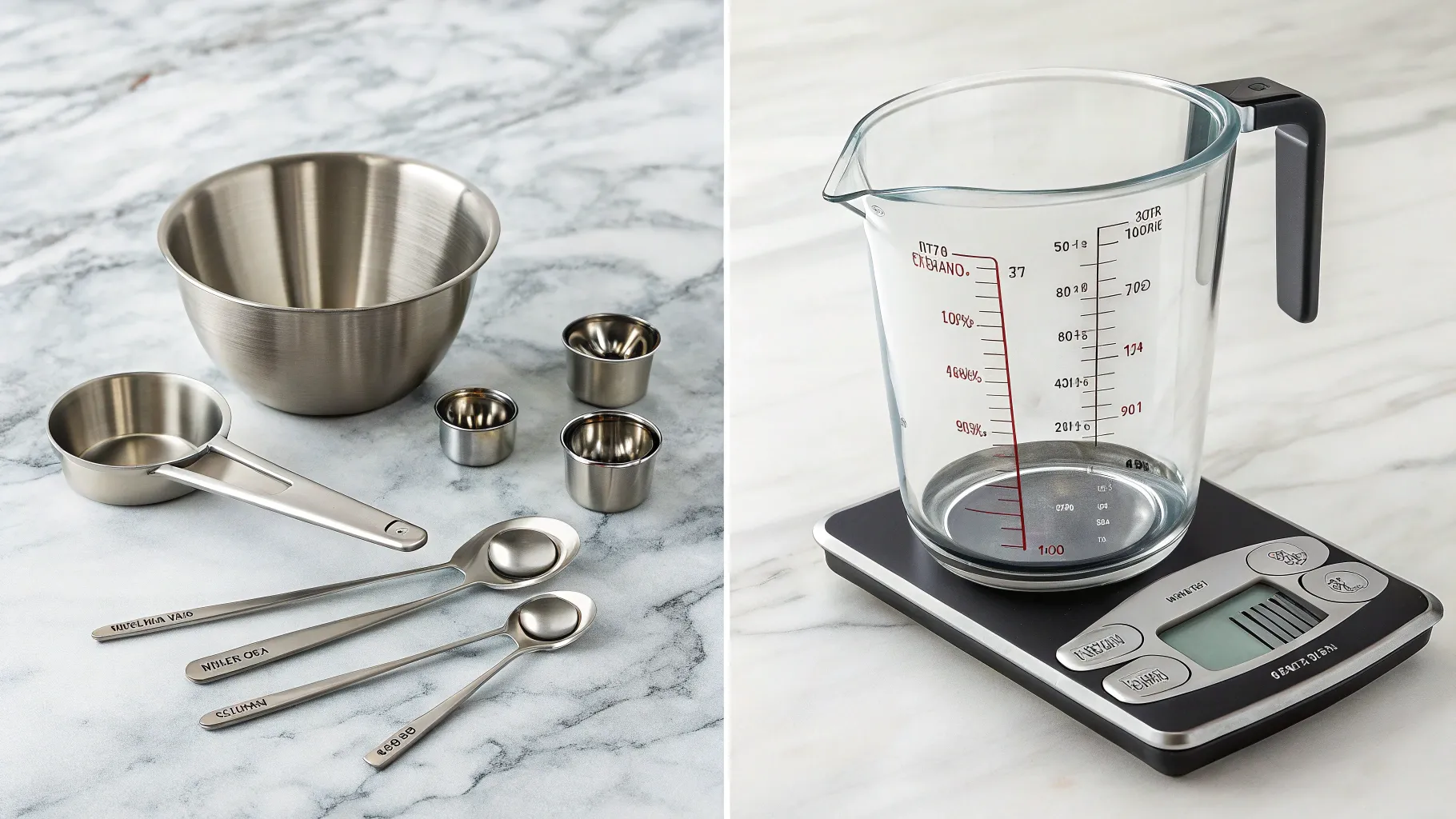
U.S. vs Metric: What’s the Difference?
One of the biggest challenges when following recipes from around the world is navigating the difference between U.S. customary units and the metric system. While both systems are valid, they measure ingredients in different ways, which can cause confusion if you’re not familiar with the conversions.
U.S. Measurement System
American recipes typically use:
- Cups
- Tablespoons (tbsp)
- Teaspoons (tsp)
- Fluid ounces (fl oz) for volume
- Ounces (oz) and pounds (lb) for weight
This system is based more on volume than weight, especially in baking, which can sometimes lead to less precision if ingredients are packed differently (e.g., scooped flour vs spooned flour).
Metric Measurement System
Recipes from Europe, Asia, and many other parts of the world commonly use the metric system for precise cooking measurements, including:
- Grams (g) and kilograms (kg) for weight
- Milliliters (ml) and liters (L) for volume
The metric system is more precise because it relies on exact weight and volume rather than approximations. This is why many professional chefs and bakers prefer it, especially for consistent results.
If you love exploring global recipes or want to improve your baking accuracy, learning how to convert between these systems is a valuable skill. Keeping a conversion chart or digital converter app handy will make things much easier and help you cook confidently, no matter where the recipe comes from.
Tools That Make Cooking Measurements Easier
- Measuring Cups: Use dry measuring cups for flour, sugar, etc., and liquid measuring cups for water, milk, and oil.
- Measuring Spoons: Ideal for small amounts of spices and baking ingredients.
- Digital Kitchen Scale: Best for accurate results, especially in baking.
- Conversion Chart or App: Keep one handy on your fridge or phone for fast swaps.
Pro Tips for Accurate Cooking Measurements
Even the best recipes can go wrong if your cooking measurements aren’t spot-on. It’s tempting to eyeball ingredients or rely on guesswork, but especially in baking or precise recipes, that can lead to disappointing results. Here are a few simple tips to help you measure more accurately and cook more confidently:
1. Spoon, then level dry ingredients
When measuring flour, cocoa powder, or sugar, avoid scooping directly from the bag, it compacts the ingredient and adds more than intended. Instead, spoon the ingredient into the measuring cup, then use a straight edge (like a knife or spatula) to level it off. This method gives you a true, accurate measurement.
2. Use a clear measuring cup at eye level for liquids
When measuring liquids like milk, water, or oil, use a clear glass or plastic measuring cup designed for liquids, not a dry measuring cup. Place it on a flat surface and bend down to check the level at eye height to avoid under- or over-pouring.
3. Weigh when possible for better precision
For ultimate accuracy, especially in baking, use a digital kitchen scale to weigh your ingredients. It eliminates inconsistencies caused by how tightly something is packed and is particularly helpful when converting recipes between metric and U.S. units.
4. Double-check your units
It’s a surprisingly common mistake: mixing up teaspoons (tsp) and tablespoons (tbsp). Since one tablespoon equals three teaspoons, the wrong measurement can seriously affect flavor and texture. Always read carefully and make sure you’re using the right spoon or cup.
Final Thoughts
Understanding cooking measurements is a simple skill with powerful results. Whether you’re using a recipe from the U.S. or Europe, or trying to scale a dish up or down, knowing your cups from your grams will help you cook smarter, faster, and better.
💡 Enjoyed this post?
Follow us for daily kitchen tips and tasty inspiration!
📌 Pinterest | 📘 Facebook | 📸 Instagram
